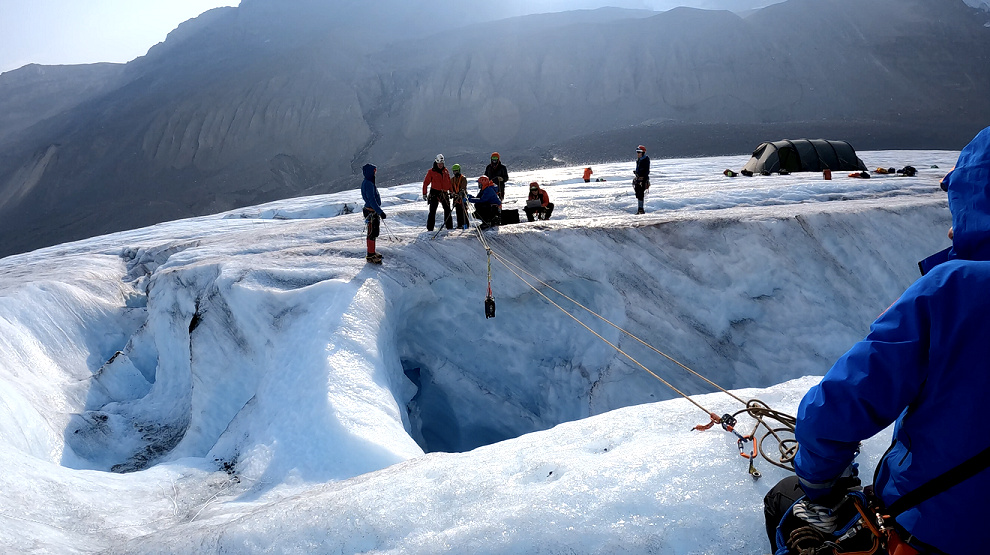Slither Bots
Robotic snakes will soon be deployed for research and discovery on distant planets and moons. The Jet Propulsion Lab at CalTech has set their sights on investigating such distant locations to determine if life may exist on Mars, Jupiter's moon Europa, or Saturn's, Enceladus. Slither Bots are about to take 'center stage' of space exploration far from Earth.
According to NASA, searching for extant exobiology requires the ability to safely navigate a location where water, energy, and chemicals is currently available for life, perhaps, to have evolved. Enceladus is a compelling target with its open conduits (cracks) to a watery ocean below. The Lab is developing a flexible, highly adaptable, and intelligent robot that could descend into a conduit and sample the water. It might be able to encounter alien life hidden beneath the moon's icy shell.
The Exobiology Extant Life Surveyor (EELS) was conceived to meet the challenge with a proof-of-concept robotic snake capable of explorating inaccessible surface and subsurface icy environments. The goal of EELS is to develop, build, characterize, demonstrate, and model a new robotic platform for inclusion on future NASA missions. The concept could be extended to other environmental situations such as caves and lava tubes that have been imaged by previous Mars missions.
The first EELS prototypes are now being tested in real-world lab and field tests including a glacial crevasse in Canada and desert environments in the USA.
According to JPL, the EELS 1.0 robot weighs ~220 pounds; and is ~13 feet long; and is composed of 10 identical segments that rotate. It uses screw threads on the segments for propulsion, traction, and grip. The screws are either white 3D printed plastic for moving on loose terrain, or narrower, sharp black metal screws for navigating over ice. The versatile robot has been tested in sandy, snowy, and icy environments including the Lab's Mars Yard, to a 'robot playground' at a California ski resort, to even an indoor ice rink in Pasadena.
The EELS principal investigator Hiro Ono stated: We have a different philosophy of robot development than traditional spacecraft, with many quick cycles of testing and correcting. There are dozens of textbooks on how to design/build a four-wheel drive vehicle, but no textbook on how to design an autonomous robotic snake to go where no robot has gone before. We have to write our own book.
Recently, a field test was conducted in Canada when the robot’s sensor-laden head, the segment with its cameras and LIDAR instruments, was lowered into a shaft on the Athabasca Glacier. The frozen location was chosen of an icy moon analog that the robot is eventually being designed to explore that will require surface and subsurface mobility.

JPL team lowering the snake head, 9-22-22 Athabasca Glacier BC (credit: NASA/JPL-Caltech)
The new EELS slither bots, CubeSats, and similar robotic gear are now leading the charge as some super-cool 'next-gen' explorers. WHB